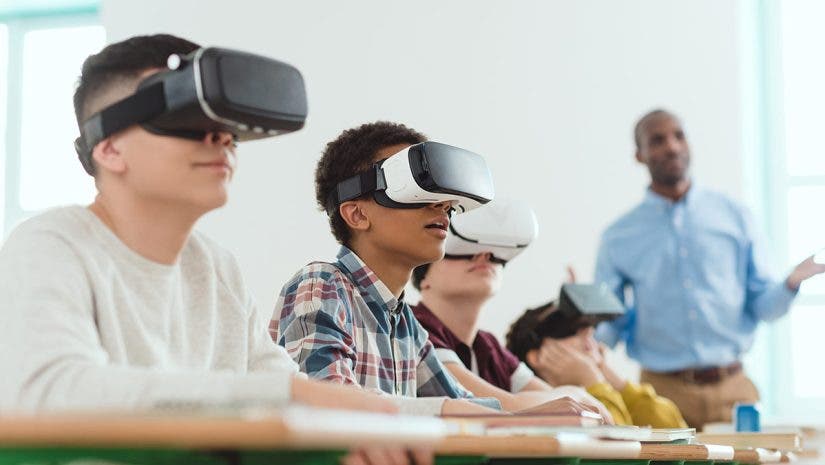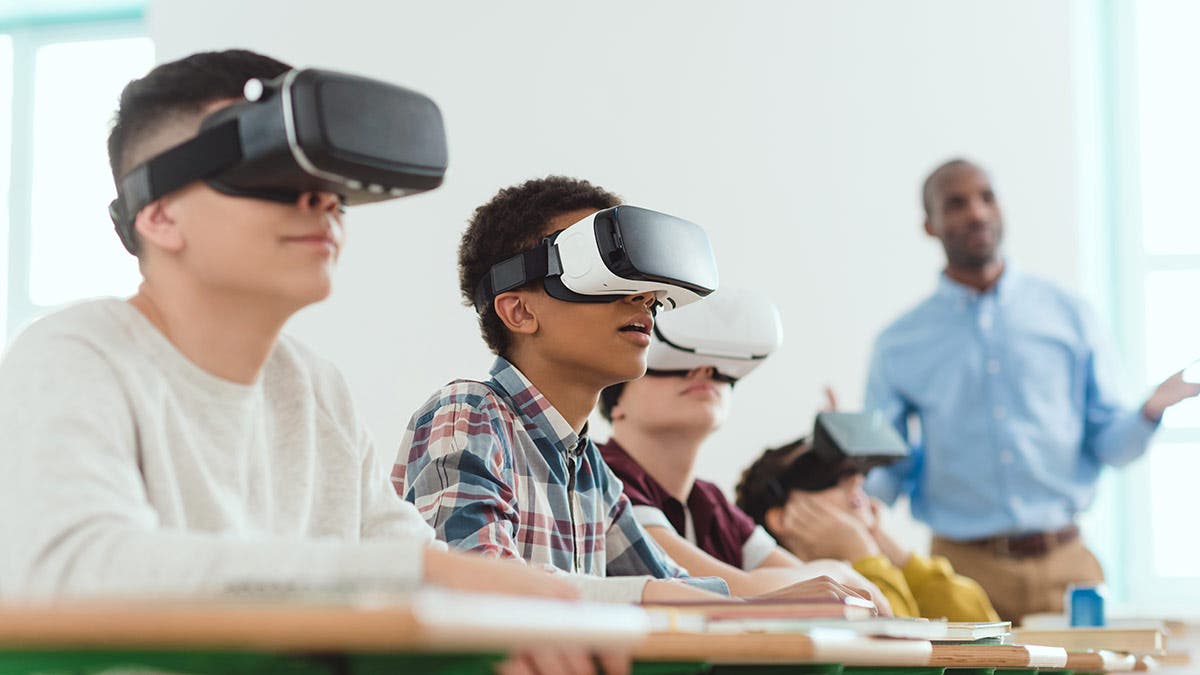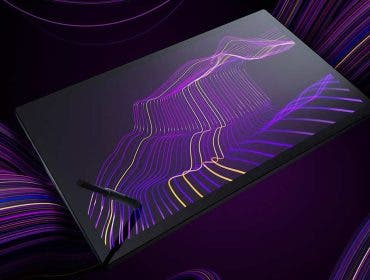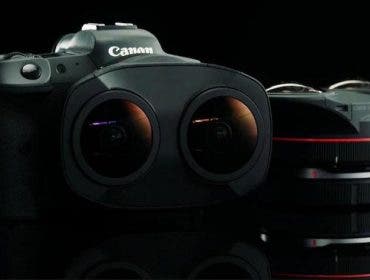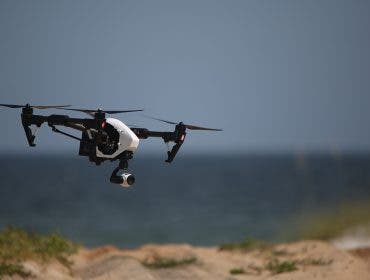The education sector, from K-12 through higher education, has a long history of adopting emerging technologies to supplement traditional pedagogical methods. From smartboards to laptops and even the internet itself, there have been many examples of technologies that have profoundly altered the way educators and students teach and learn. Virtual reality is poised to become the next technology to do so. By allowing educators to create visually stimulating learning experiences for students that are innovative, immersive, and interactive, VR will lead to fundamental changes to longstanding education practices. In this article, we will be exploring how schools and education departments are using virtual reality gear and technology.
Virtual Reality in Education: Statistics
- As of last year, according to Zippia, there were 57.4 million virtual reality users across the United States, which accounts for 15% of the country’s population
- The global virtual reality in the education market is rapidly growing, up from $6.37 billion in 2021 to $8.66 billion in 2022. It is expected to reach $32.94 billion by 2026 at a compound annual growth rate of 39.7%, according to the Business Research Company.
- 97% of students are keen to take a virtual reality course, The App Solutions reports.
- 93% of teachers feel that using virtual reality technology in the classroom would bring excitement to their students, the same report from The App Solutions shows.
- 7 out of 10 teachers want to utilize virtual reality technology to simulate experiences relevant to the coursework that they are teaching, The App Solutions discovered.
How Schools Are Using Virtual Reality
Simulated Technical/Vocational Skills Training
Schools are using VR to help students learn valuable technical and vocational skills. Compared to traditional instructions that center around reading books or watching instructional videos, the simulated scenarios made possible by virtual reality provide a much better and more immersive learning experience for students. In addition to providing opportunities for students to gain “hands-on” experience with the subject matter, VR training scenarios can also eliminate any potential dangers that may arise while practicing new skills in an uncontrolled environment. Take chemistry experiments, for example. While they have been a time-honored way for students to learn chemistry principles, they can sometimes lead to dangerous or even deadly outcomes if gone awry. Virtual reality allows students to learn and practice chemistry principles safely and repeatedly by eliminating the risks associated with conducting potentially dangerous experiments in the real world.
Distance/Remote Learning
Schools are also leveraging virtual reality technology to help facilitate distance learning. In situations where physical barriers or limitations (such as the COVID-19 pandemic) may prevent teachers and students from being in the same classroom together, VR can provide a viable alternative. Rather than relying on two-dimensional video conferencing, VR can create an immersive learning environment that allows teachers and students to be present within the same “room” virtually. Stanford University’s Graduate School of Business currently offers a “Creativity Workout” course conducted entirely in virtual reality. As part of the Stanford Executive Program, this course aims to help business leaders embrace creativity as a discipline. The University of British Columbia’s Peter A. Allard School of Law is also using virtual reality to offer lectures to its students via a VR social application called VR Chat.
Special Educational Needs and Disabilities (SEND)
Being on the Autism Spectrum, having limited mobility, and/or having other Special Educational Needs and Disabilities (SEND) can affect a student’s learning ability in various ways. Virtual reality technology makes it possible for teachers to create personalized educational content that can be tailored to these students’ unique needs. For SEND students, simply getting around a school, visiting new environments for the first time, going on field trips, and many other activities that most take for granted as routine can be very stressful. Thankfully, immersive VR experiences can also be calming for students prone to overstimulation, making it less likely for them to become heightened in an otherwise overstimulated school environment.
Virtual Field Trips
One of the most popular reasons that schools are taking advantage of VR technology is its ability to let students take field trips virtually. Field trips are a time-honored tradition for educational institutions. They allow teachers to educate their students in immersive environments and provide hands-on learning opportunities that would otherwise be difficult or impossible to achieve within the classroom. However, field trips can be financially prohibitive for some students. They can also be challenging for students with mobility limitations to attend.
Additional factors, such as the recent COVID-19 pandemic, can even make organizing field trips all but impossible. Despite these roadblocks, students can still take advantage of the educational benefits of field trips through the power of virtual reality. VR experiences such as Google Expeditions can transport students to far-flung locales around the Earth and beyond without them ever having to leave the classroom (or their homes for that matter), allowing them to explore historical locations, archaeological sites, or even experience events throughout history firsthand.
Why Are VR Technology and Gear Helpful for Schools, Educators, and Students?
Equality of Access
Since virtual reality is not constrained by physical limitations, all students regardless of their abilities, backgrounds, or geographical location can benefit from VR-driven learning experiences.
Boost Student Engagement
VR allows educators to take theoretical concepts from the pages of textbooks and render them into immersive and interactive experiences within a virtualized learning environment. This allows students to wrap their heads more easily around a topic, making them more engaged, and motivated, and ultimately translating to student success.
Reduce Risk
VR allows educators to create risk-free virtualized learning environments for students to learn, practice, and most importantly, make mistakes. Unlike in the real world, students are free to conduct experiments or practice dangerous skills in VR without having to worry about accidentally creating explosions, noxious fumes, or bodily harm.
